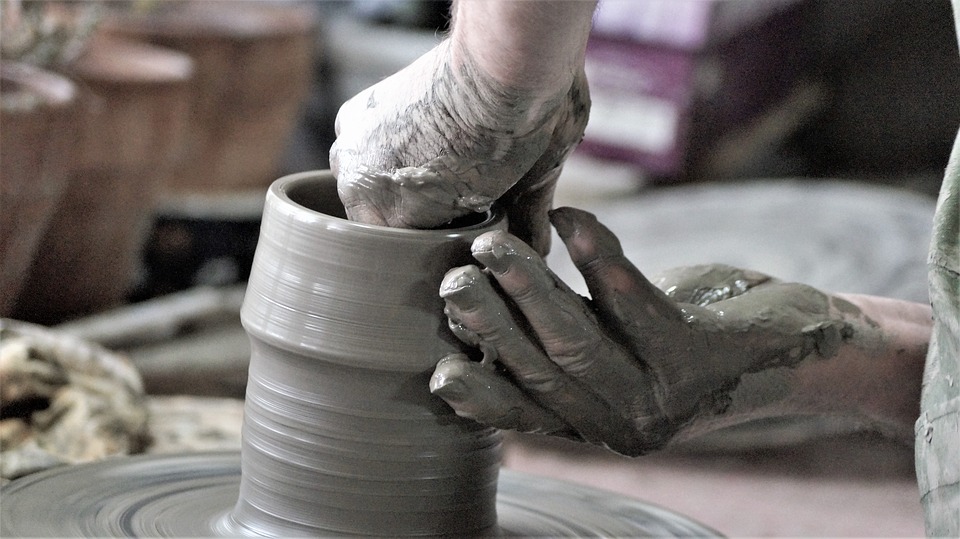Exploring the Rich History of Folk Traditions Around the World
In every corner of the globe, there are unique folk traditions that have been passed down through generations. These traditions are an integral part of cultural identity and play a significant role in shaping communities. From music and dance to storytelling and artisan crafts, folk traditions reflect the values, beliefs, and customs of a particular group of people. Let’s take a journey around the world to explore the rich history of folk traditions and their enduring legacy.
Europe
Europe is home to a myriad of folk traditions that have been celebrated for centuries. From the lively folk music of Ireland to the intricate woodcarving of Slovenia, European folk traditions are as diverse as the continent itself.
One of the most well-known folk traditions in Europe is the Celtic music and dance of Ireland. The lively rhythms of the fiddle and the haunting melodies of the tin whistle have been a staple of Irish culture for generations. Irish step dancing, with its intricate footwork and lively movements, is another important part of the country’s folk tradition.
In Slovenia, woodcarving is a revered craft that has been passed down through generations. The intricate designs and attention to detail in Slovenian woodcarvings are a testament to the skill and artistry of the craftsmen. These traditional carvings can be found in everything from furniture to religious icons.
Asia
Asia is a vast and diverse continent with a rich tapestry of folk traditions that vary from country to country. From the vibrant festivals of India to the intricate calligraphy of Japan, Asian folk traditions are a testament to the creativity and ingenuity of the people.
One of the most iconic folk traditions in Asia is the Chinese dragon dance. This colorful and dynamic performance is often seen during Chinese New Year celebrations and is believed to bring good luck and prosperity. The dragon is typically made of silk and bamboo and carried by a team of dancers who move in sync to create a mesmerizing display.
In India, the festival of Holi is a vibrant celebration of color and joy. Participants throw colored powders and water at each other in a playful and festive atmosphere. Holi is a time to celebrate the arrival of spring and the victory of good over evil.
Africa
Africa is a continent rich in cultural diversity, and its folk traditions are as diverse as its people. From the rhythmic drumming of West Africa to the intricate beadwork of South Africa, African folk traditions are a testament to the beauty and resilience of the continent.
One of the most well-known African folk traditions is the art of storytelling. Griots, or oral historians, have been passing down stories, myths, and legends through generations. These stories often contain valuable lessons and insights into the history and culture of the people.
In South Africa, beadwork is a traditional craft that has been practiced for centuries. Zulu women are known for their intricate beadwork, which is used to decorate clothing, jewelry, and ceremonial items. Each bead color and design has a specific meaning and significance.
The Americas
The Americas are a melting pot of cultures and traditions, and folk traditions in the region are as diverse as its people. From the lively music of the Caribbean to the colorful textiles of Mexico, folk traditions in the Americas reflect the rich cultural heritage of the region.
One of the most iconic folk traditions in the Americas is the carnival celebrations of Brazil. The vibrant costumes, samba music, and energetic dancing create a festive atmosphere that is unmatched anywhere else in the world. Carnival is a time for Brazilians to come together to celebrate their culture and heritage.
In Mexico, the art of papel picado (cut paper) is a traditional folk craft that has been practiced for centuries. Intricate designs are cut into colorful tissue paper to create beautiful decorations for festivals and celebrations. Papel picado is often used to decorate altars during Day of the Dead celebrations.
Conclusion
Folk traditions around the world are a celebration of cultural heritage and a testament to the creativity and ingenuity of the people. From music and dance to storytelling and crafts, folk traditions play a vital role in preserving the identity and customs of communities across the globe. By exploring the rich history of folk traditions, we gain a deeper appreciation for the diversity and beauty of the world we live in.

Leave a Reply